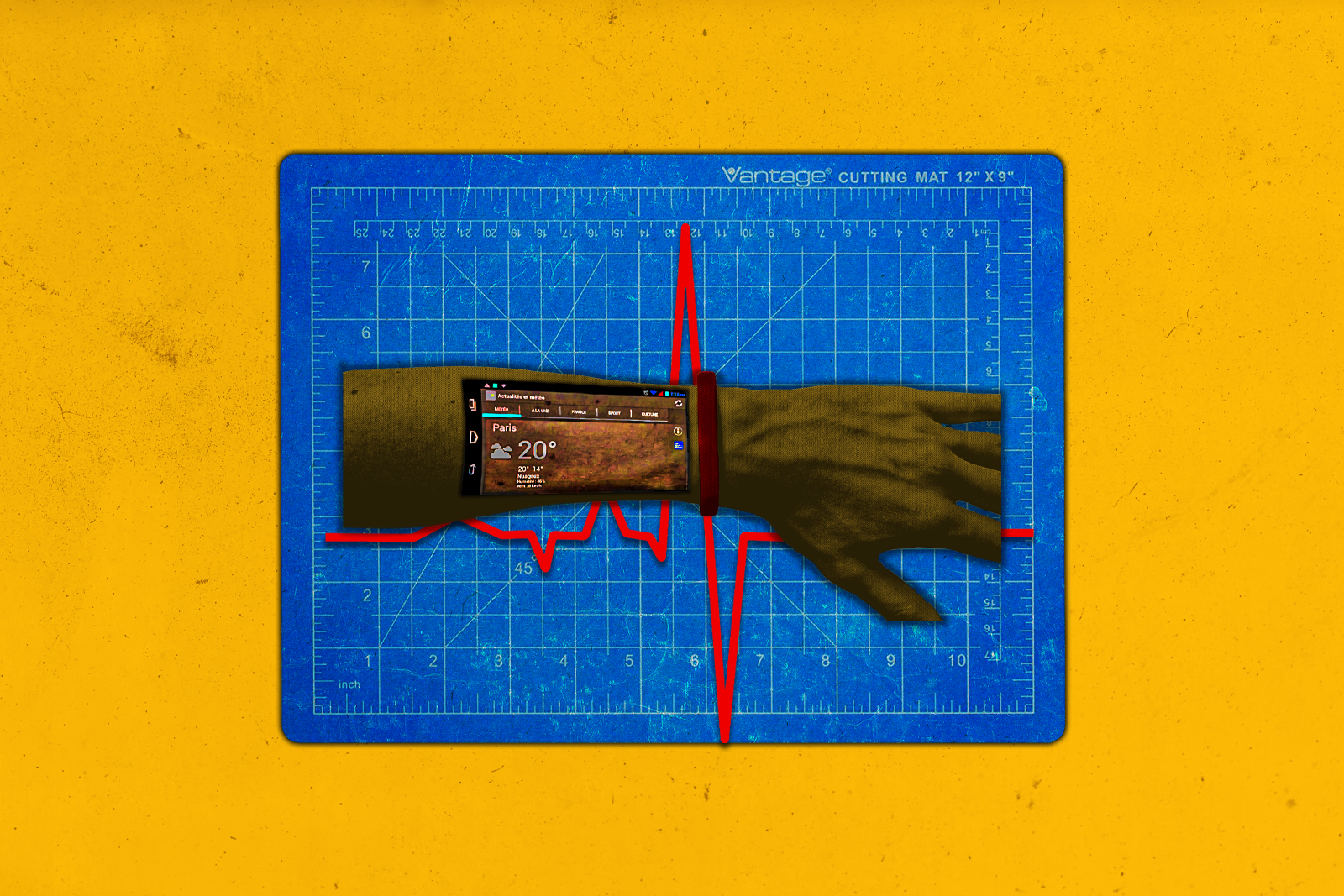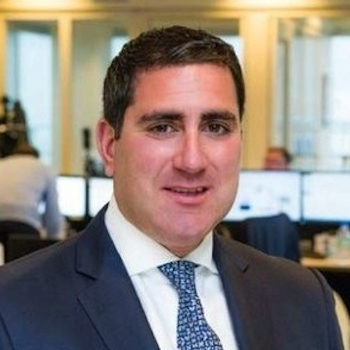
Tech
Why Now is the Time to Invest in Wearables
In today’s tech-savvy world, wearable technology has taken center stage, permeating our daily lives with its ubiquitous presence. While smartwatches and fitness trackers may be the familiar faces of this revolution, they merely scratch the surface of a vast and captivating iceberg.
Augmented reality headsets, smart jewelry, smart glasses, and an array of intelligent attire from belts to pants, shirts, shoes, and even socks have swiftly integrated into our collective consciousness. As this wearable tech phenomenon continues to reshape industries and redefine human experiences, it unveils a realm brimming with limitless investment opportunities that beg to be explored.
Innovators are refining the products that are already available, adding functionality, and increasing battery life, pushing the boundaries with new products under development.
That makes wearables a sector with a truly vast potential for growth. It was predicted to grow by almost a quarter (24.6%) between 2020 and 2024, reaching $156 billion, according to GlobalData, with Fitbits and similar trackers driving much of that growth.
Huge opportunities in healthcare
There are huge opportunities in medicine and healthcare. Wearables can monitor vital signs, upload data to the cloud in real time, and raise alerts if there’s a problem, such as an irregular heartbeat. They literally have the potential to save lives.
Surgeons have used Google Glass during operations and Epiphany Eyewear, designed primarily for livestream video, can also help color-blind people. There are also LCD-powered smart glasses that switch from distance vision to a reading prescription with a single touch, and contact lenses that could soon be monitoring blood sugar levels for diabetics.
Remote patient monitoring (RPM) could solve some of healthcare’s biggest problems, with devices that allow doctors to track their patients between appointments. That means they can intervene sooner if the RPM flags a problem. General Prognostics, a medical device startup, raised $3.25 million in seed funding last year for a wearable remote-monitoring device to track blood biomarkers and reduce heart attacks.
The company is developing wearables to improve the lives of people with a range of chronic diseases and there are many others exploiting the potential of RPM devices. Overall, the entire sector saw an increase of 240% in funding from 2020 to 2021. Funding from January to September 2022 was over $220 million, according to Crunchbase data.
Physicians and insurers were initially skeptical about RPMs, as is often the case with innovation. However, now faced with a labor shortage, in particular a lack of hospital nurses, they are beginning to recognize the cost-efficiency of RPMs, which has allowed this new market to expand.
More functions, more demand
There are clear opportunities for growth across the wearables sector, driven in large part by increasing consumer interest in health and fitness. As new generations of these devices offer greater functionality, that demand will grow even more.
Today’s technology already tracks heart rate, sleep patterns, stress levels, and blood pressure, but new devices will go beyond retail consumers and target the industrial and enterprise sectors. They are likely to improve worker safety, and productivity, and provide real-time data analytics for managers.
There are, as with any potential investment sector, some drawbacks to acknowledge. People may not be keen to wear them all the time, they can be expensive, and batteries may need frequent charging. There are also privacy concerns about the data collected by the device.
From an investment perspective, wearables offer attractive benefits to large sections of the population. Athletes use them to measure their performance, improve their technique and modify their training routine. A GPS watch can track the location of an elderly person, providing peace of mind for them and their loved ones. Diabetics can wear a glucose monitor that records blood sugar levels throughout the day. General Prognostics is testing CardioID, an RPM device that monitors heart patients without the need for regular blood tests.
Wearables connect doctors to their patients
RPM keeps physicians constantly connected to their patients, which can be crucial if they’re suffering from a chronic condition. Early on, they found themselves questioning the reliability of the devices, overloaded with data, blighted by IT teething troubles, and struggling to get insurance companies to pay them. Those problems have been solved and RPM can be readily integrated into their workflow.
Doctors in the U.S. have been able to prescribe wearables since 2018 when insurance companies introduced the necessary billing codes. More and more startups are creating AI-powered software to maximize their potential, recognizing and extracting only the most relevant data.
The pandemic highlighted the benefits of wearables in healthcare. In the Netherlands, for example, an automated remote monitoring system was introduced to reduce hospital visits. As more providers embrace RPM, companies are investing more in research and development to make it even more accurate and reliable. And that as the population gets older, wearables and RPMs will play a bigger role in their healthcare management.
RPM also provides much of the data the healthcare sector increasingly leverages to predict and prevent disease, a far more cost-effective option than treatment. The challenge now facing RPM developers is to consolidate multiple functions into a single device. Startups are coming up with an array of clever gadgets, but users want an all-in-one rather than clutter.
Now is the time to invest
Apple is currently the largest player in smartwatches and hearables – smart headphones or earbuds – with around a third of the market share. It sees the potential of medical wearables and gained FDA approval in 2018 for the ECG function on its Apple Watch Series 4 to record the heart’s electrical activity.
Beyond healthcare, there are many opportunities for wearables in the retail and public sectors. Retailers can track their customers’ behavior and preferences to create targeted marketing campaigns and law enforcement officers can use wearable cameras to capture and transmit footage of incidents as they unfold, for example.
We can only imagine what features and functions will be available in the future, from using AI to track a wearer’s habits and behaviors to wearing apparel which can adapt to the wearer’s needs and improve health or productivity. Wearable technology for healthcare is one of the fastest growing sectors – now is the time to invest, before the wearables market becomes saturated.
